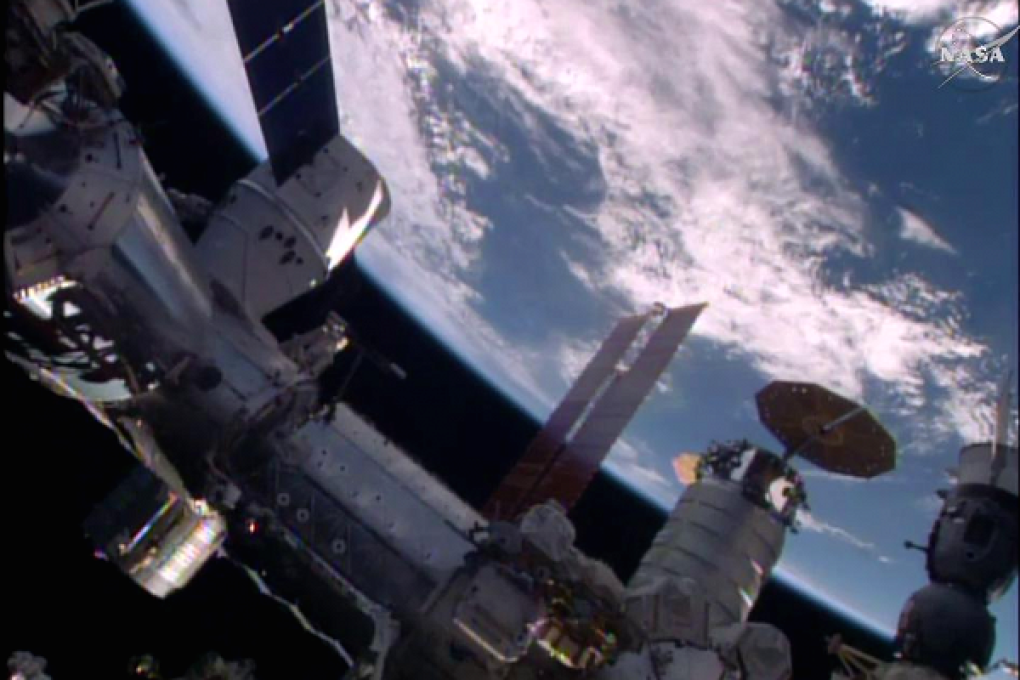Costs of space trips could be as low as an Antarctica holiday
Mini-shuttles and high-altitude balloons are also among the cheaper options being developed in space tourism.

Space tourism will become increasingly affordable in the coming years as an unprecedented amount of capital gets channeled towards the sector, according to a former NASA astronaut.
"In a decade or two, going to space will be like going on an exotic vacation to Antarctica," said Don Thomas, who has traveled on four space shuttle missions during his 20-year career at NASA.
A look at accredited tour agencies such as G Adventures reveals prices to Antarctica start from US$5,699 for an 11-day journey, excluding air fare.
"As more companies enter the space tourism business and as we develop new technologies, prices will come down," added Thomas, who is currently a physics professor at Towsen University.
That process is already underway.
A look at recent data indicates private investors are remarkably bullish on space tourism, which could result in the commercialization and development of cheaper technologies.
"Nearly twice as much venture capital (US$1.8 billion) was invested in space in 2015 than in the prior 15 years, combined. More than 50 venture capital firms invested in space deals in 2015, the most in any year during the 15-year study period (2000-2015)," U.S. consultancy The Tauri Group said in February.